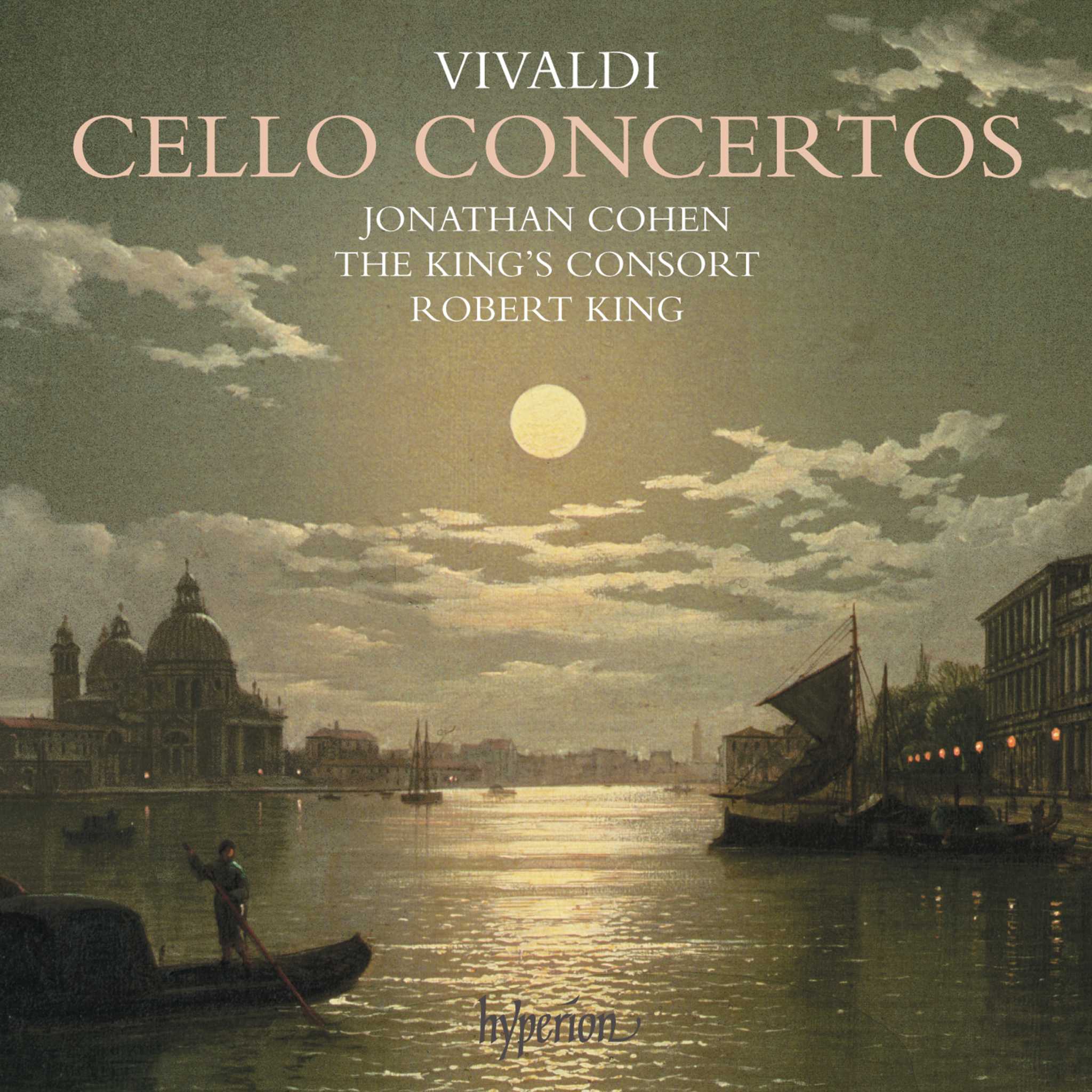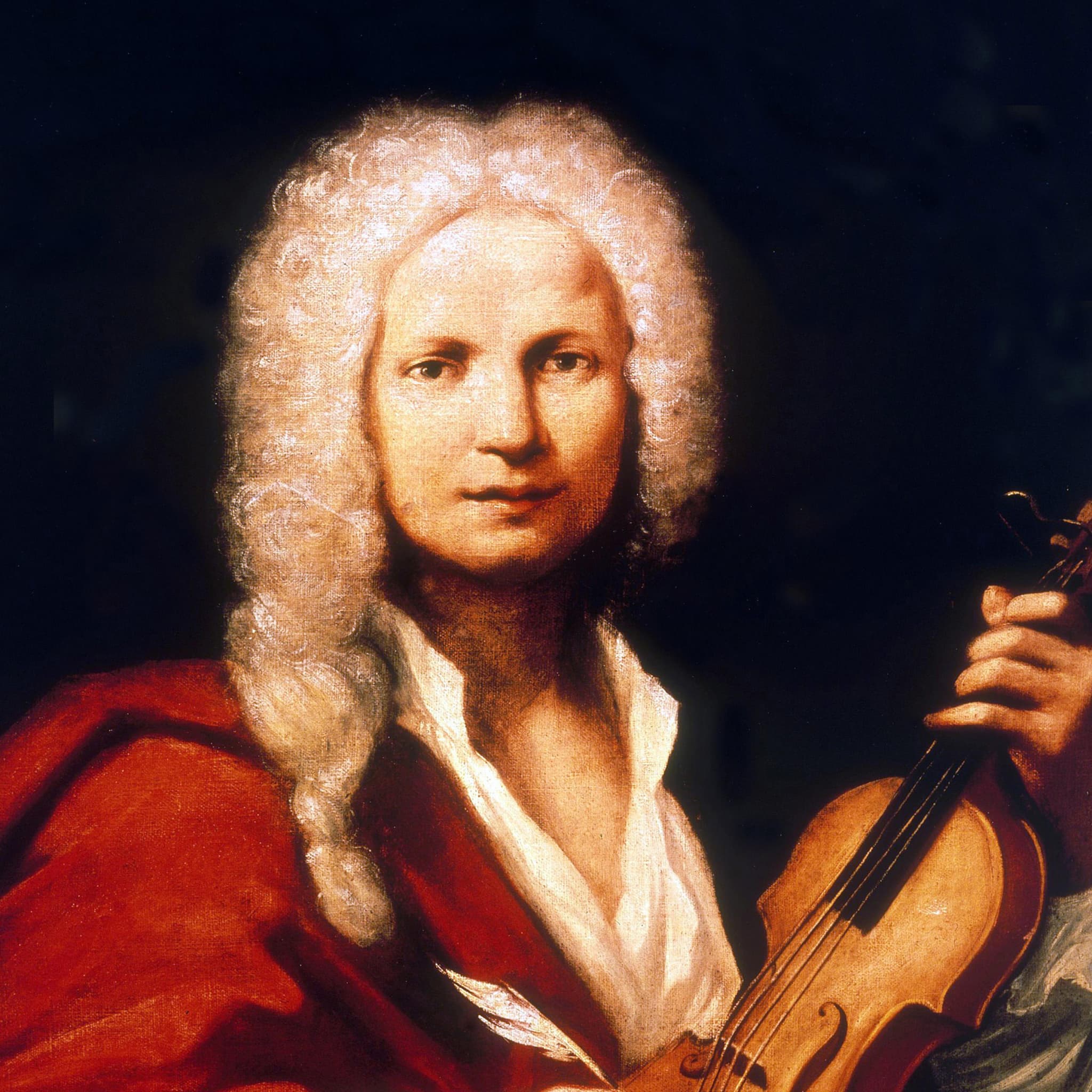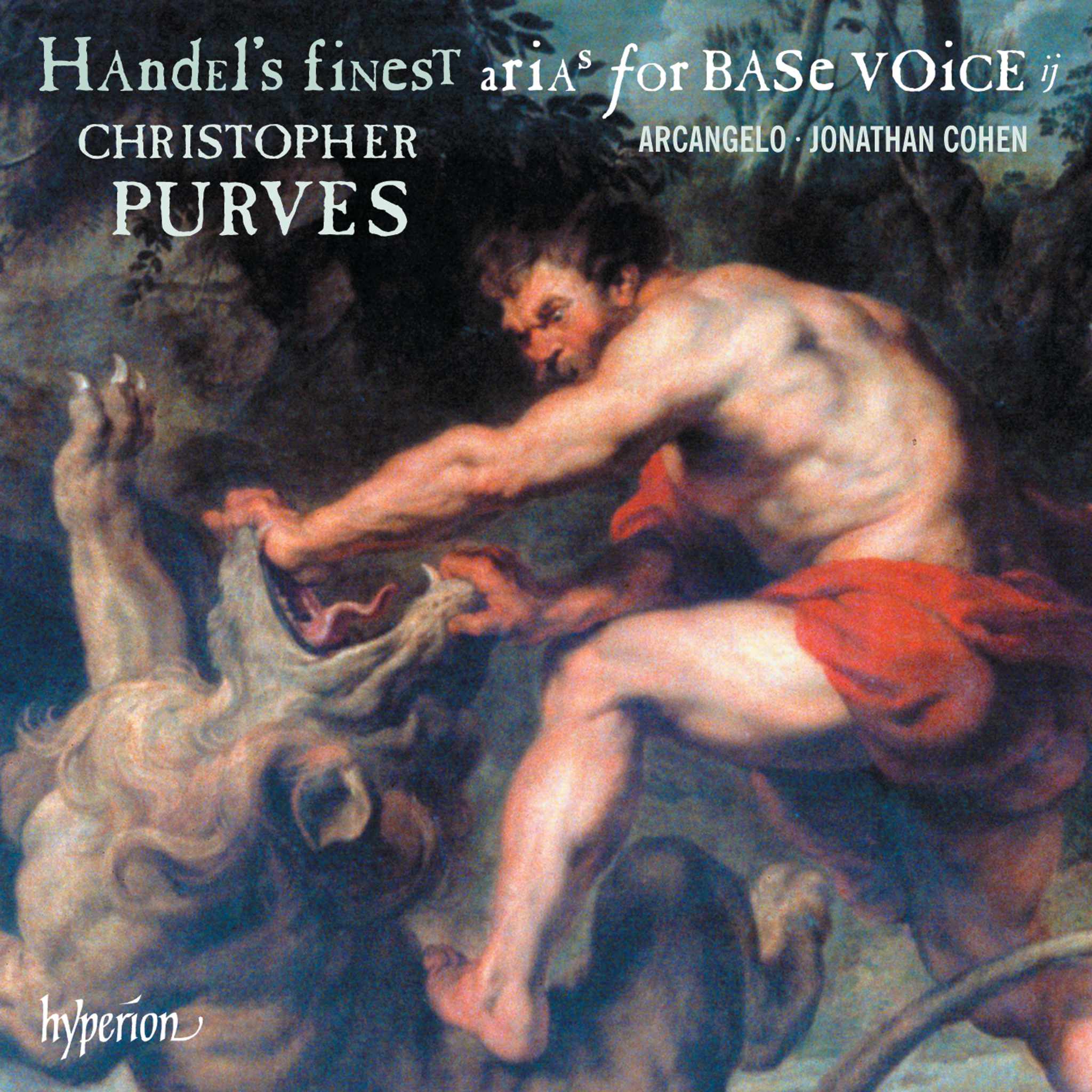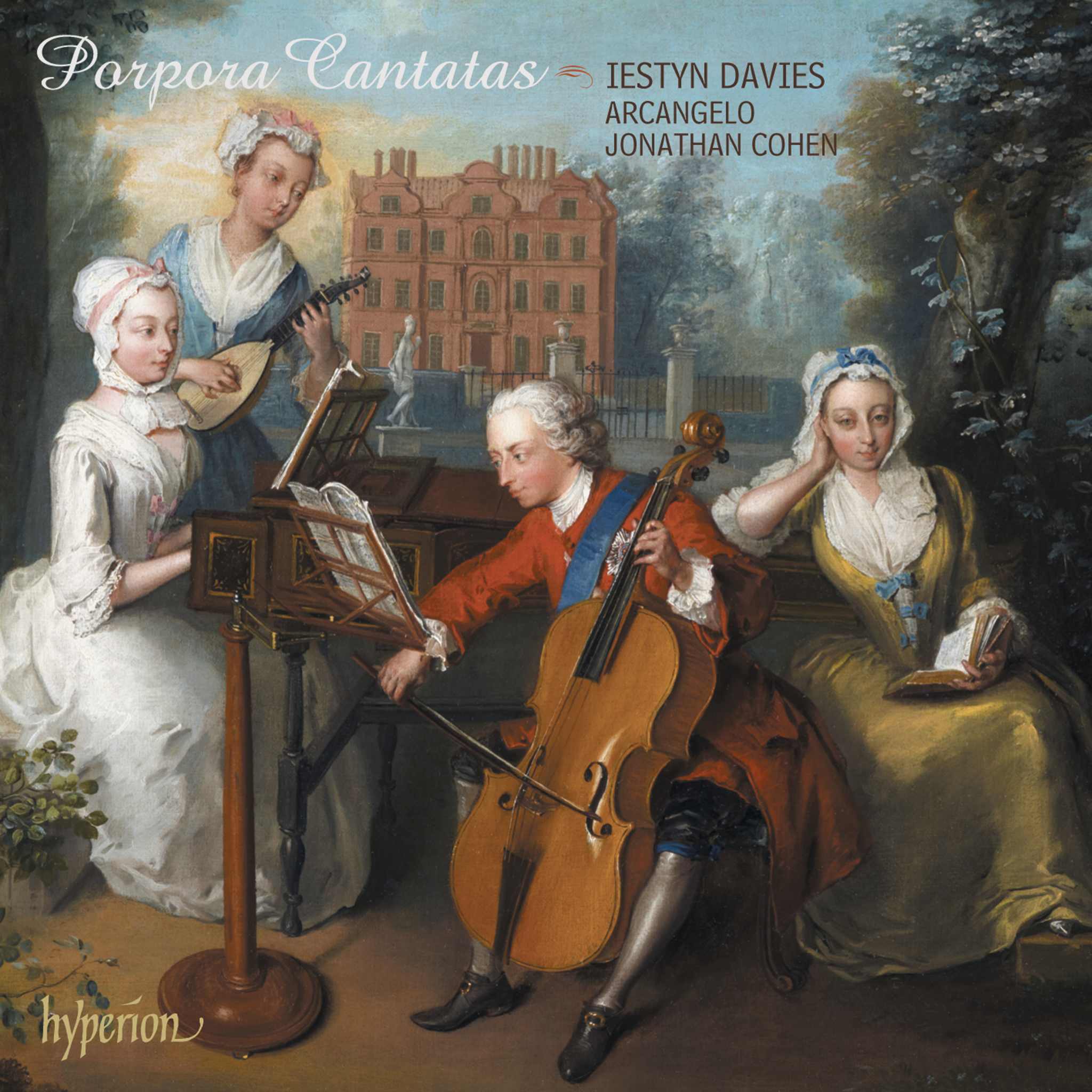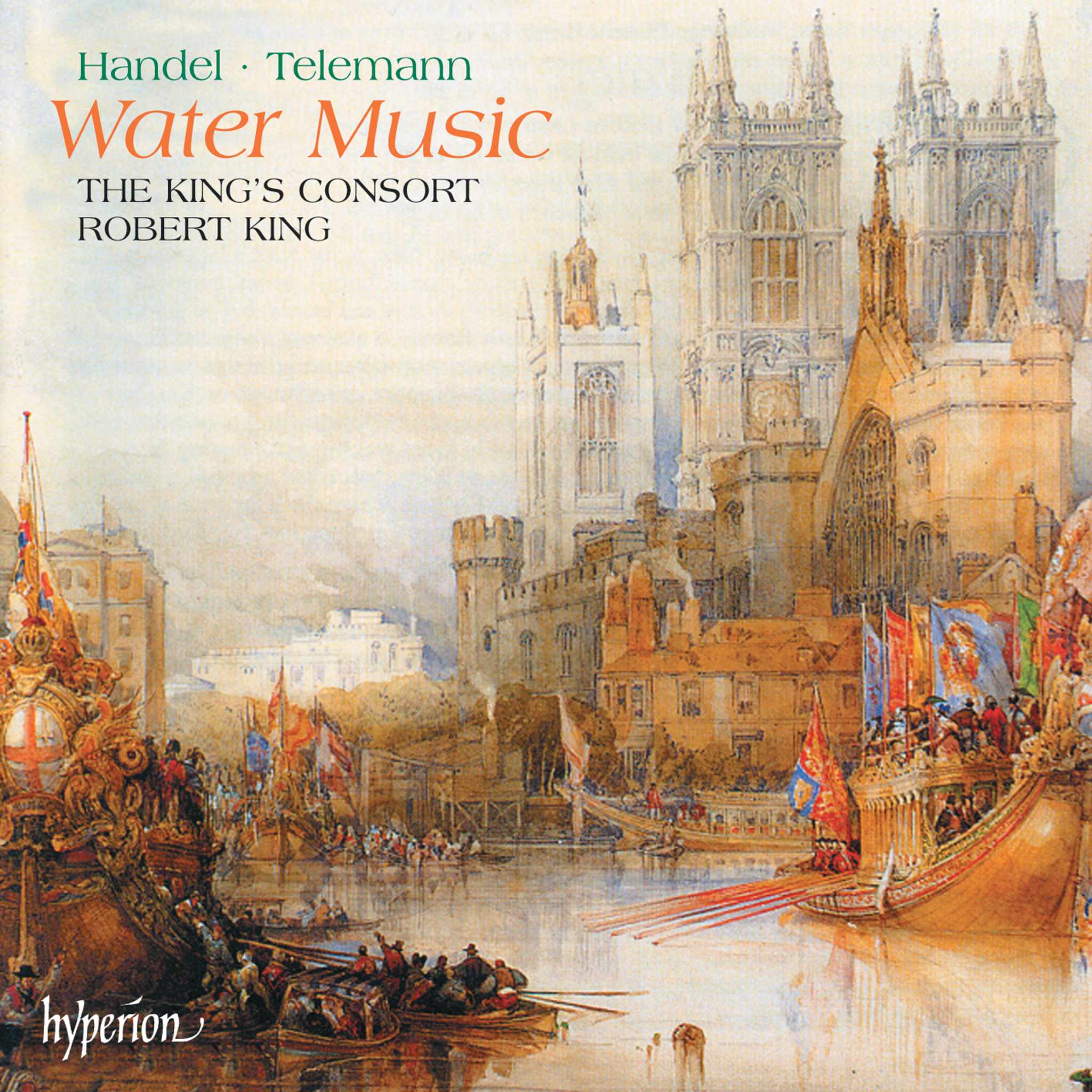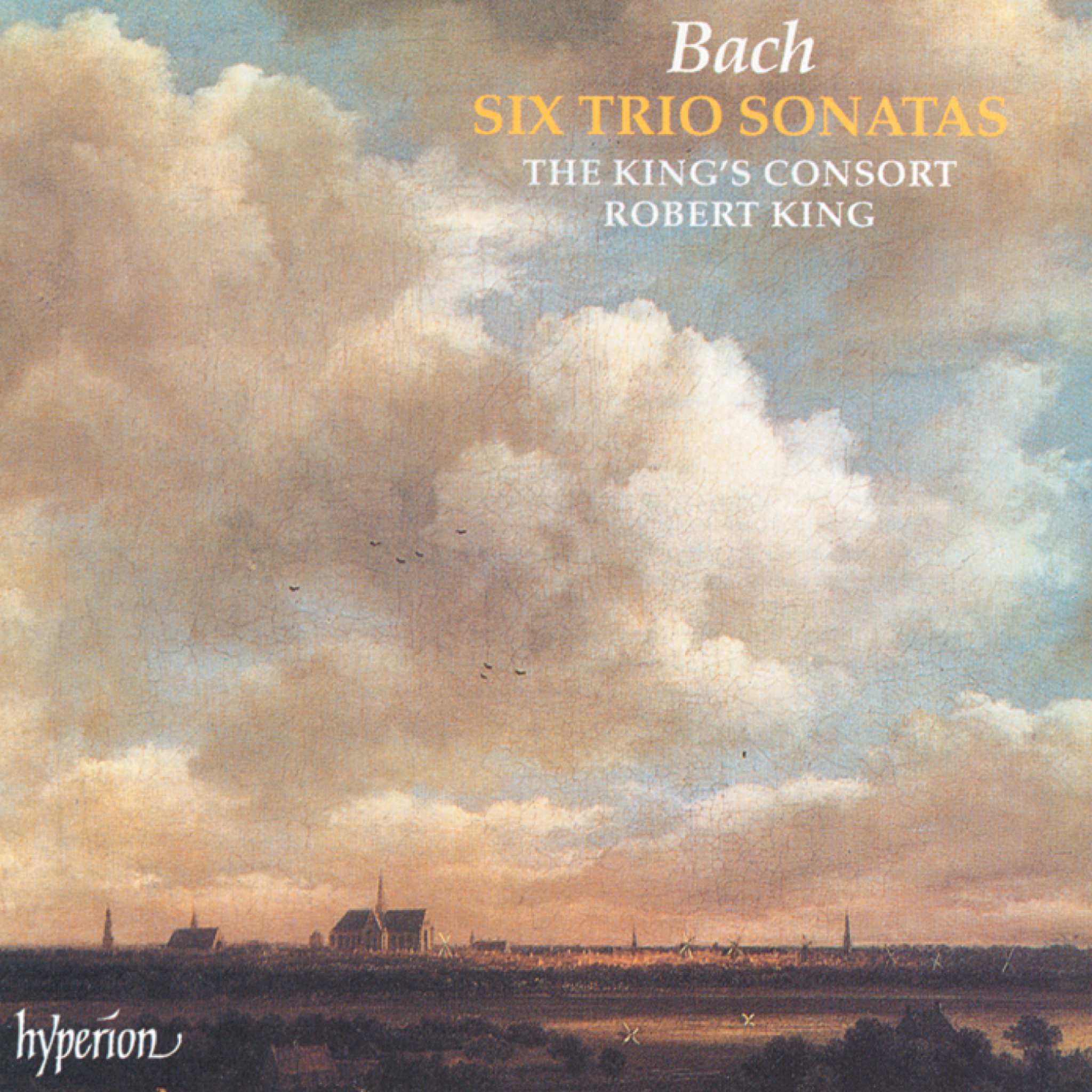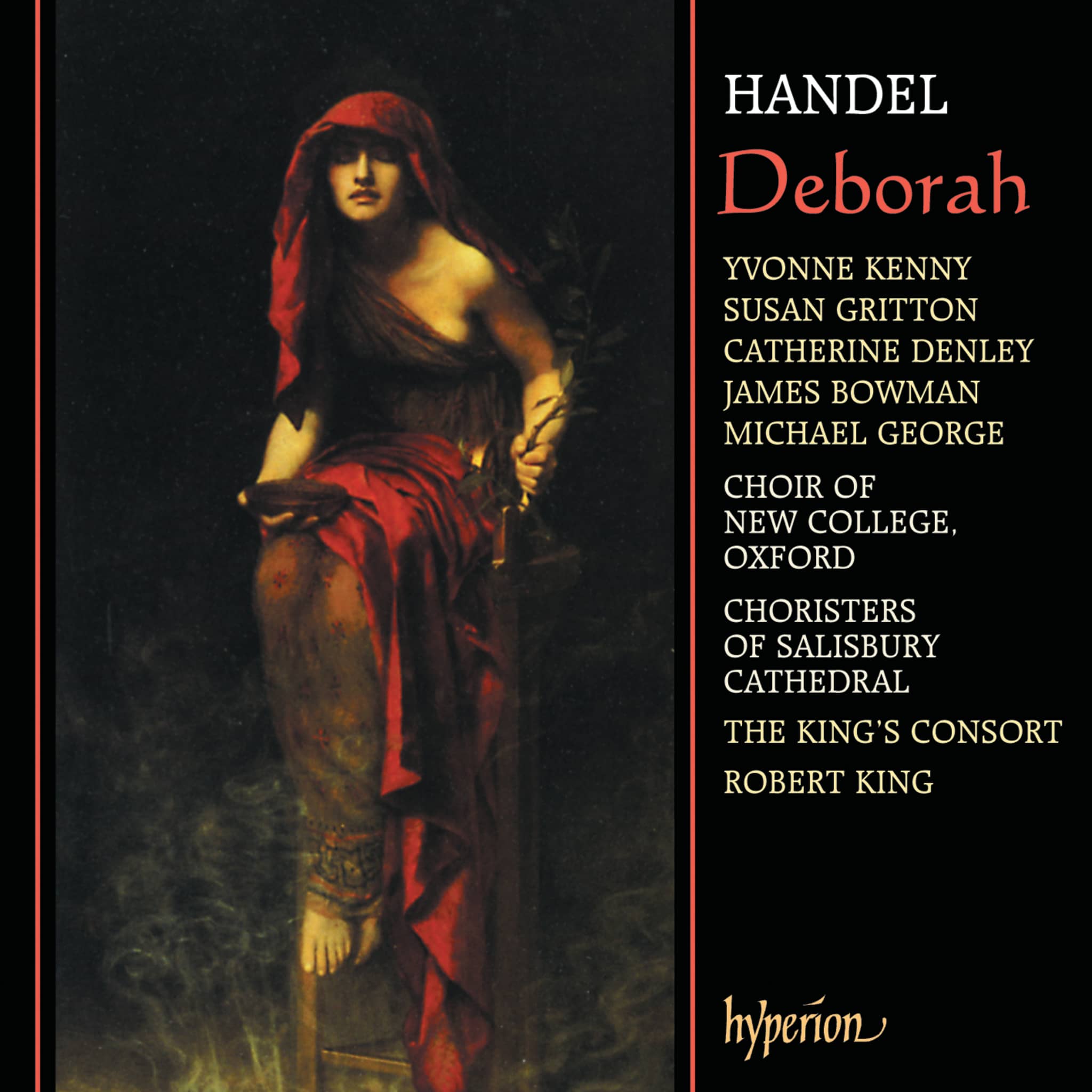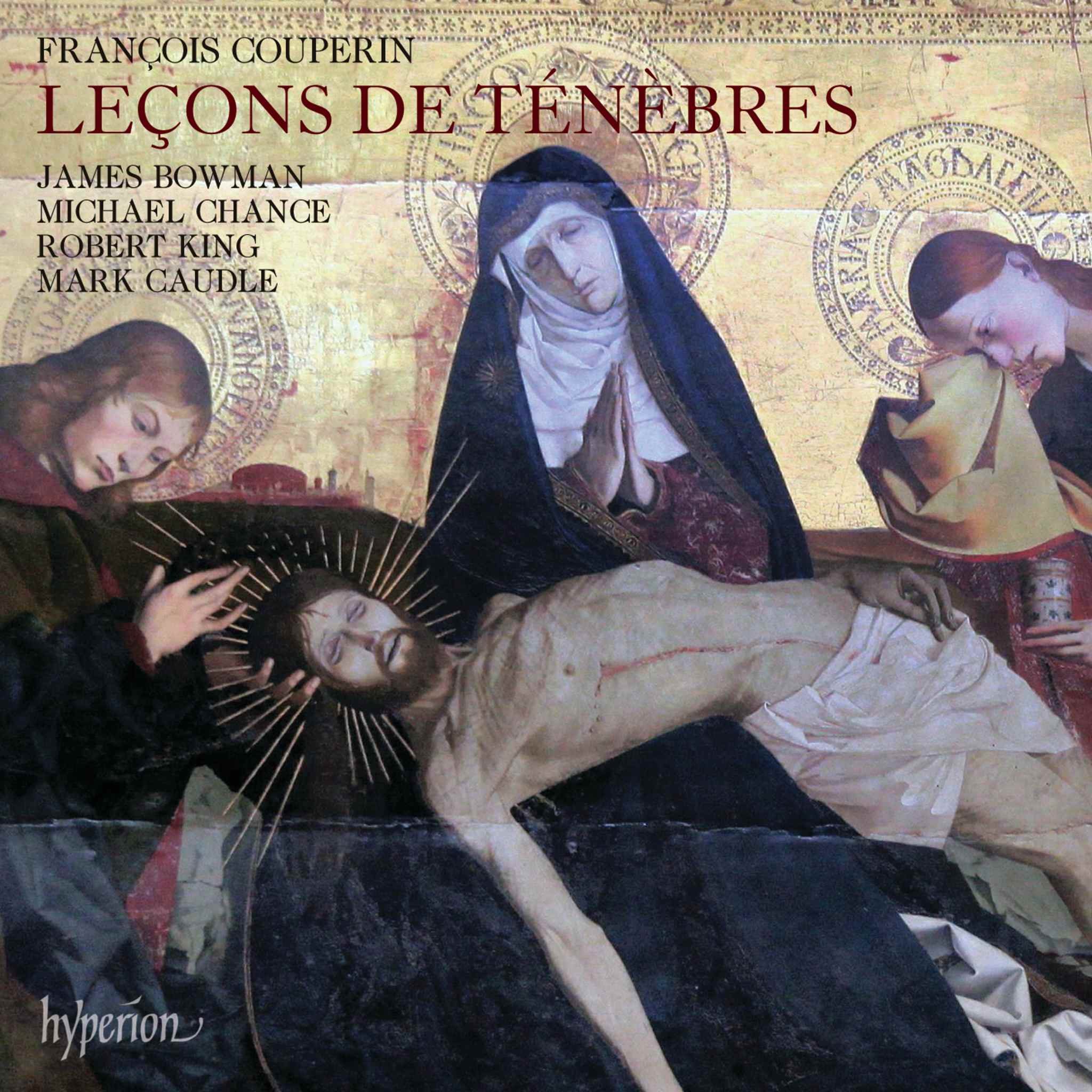Album insights
When the twenty-one-year-old Beethoven made his way from his hometown to Vienna in November 1792, he had a clear plan: to study composition with Haydn and establish himself as a composer and virtuoso in Mozart's tradition. Through connections in the enlightened aristocracy, the fiery young musician quickly captivated the city's salons with his dazzling piano improvisations. Shortly after arriving in the Austrian capital, he became a guest at the home of Prince Lichnowsky, a skilled amateur pianist who hosted private soirées where Beethoven often took the spotlight. It was at one of these gatherings, probably in late August or September 1795, that he introduced the three piano trios he had recently published as his Opus 1, dedicated to Lichnowsky.
Determined to impress and challenge Vienna's elite music scene with his first published series, Beethoven's Trios Op. 1 presented a frontal attack on the traditional concept of the piano trio. The weighty, elaborate structures and compelling musical dialectics of these trios, with four movements instead of the usual two or three, transformed the intimate domestic medium into what felt like a symphony for three instruments. While the first two trios concealed Beethoven's subversive intentions beneath classical etiquette, it was the Trio in C minor, Op. 1, No. 3 that revealed his explosive vehemence and darkly lyrical beauty. Haydn, who had just returned from London, was among the guests at Lichnowsky's, expressing praise for Trios Nos. 1 and 2 but reportedly unsettled by Beethoven's favorite piece in C minor, despite whether he actually advised Beethoven against its publication, since the trio was already in print.
Despite any doubts Haydn may have harbored, Beethoven's inaugural masterpiece in this characteristic key eventually became one of his most beloved chamber music works. The mysterious unison opening might unintentionally or deliberately allude to Mozart's Piano Concerto in E-flat major, K. 491 (which was unpublished in 1795). However, the music is distinctly Beethoven with its abrupt, extreme contrasts blending violent rhetoric with poignant pathos and poignant lyricism. Beethoven's heroic expressions from his "middle period" already start to emerge here.
The exposition traverses an exceptionally broad tonal spectrum – shifting from E-flat minor in the stormy transition to A-flat minor, then returning to E-flat minor in the second of the two "secondary theme" sections. The development section reaches an exhilarating moment as the echo of the main theme shifts a half-step lower, leading the music into an unfamiliar tonality, C-flat major (expressed enharmonically as B major). As a typical Beethoven trait, the soft opening phrase reappears at the beginning of the recapitulation in a forceful fortissimo. The most breathtaking moment arrives when the music transitions to C major (with the cello taking the lead, already unusual for 1795) and then unfolds into a reprise of the main theme in the "Neapolitan" tonality of D-flat major.
In a minor-key Classical work, a slow movement in a major key often provides a moment of respite. Beethoven's slow movement, a set of variations in E-flat major on a simple hymn-like theme, indeed relaxes the tension. However, it contains plenty of inventive, genuinely Beethovenesque moments: from the exuberant third variation with its sharp sforzando accents and pizzicato strings to the poignant cello solo in E-flat minor in the fourth variation, culminating in a coda marked by lush chromatic harmonization. Beethoven later revisited the closing bars for the tiny C major Bagatelle, Op. 119, No. 2, which likely originated much earlier than its opus number suggests.
The third movement, an intermediary between a minuet and a scherzo, revisits the C minor atmosphere of the opening movement with its restless pathos, varied phrase lengths, and explosive dynamic contrasts. In the C major trio section, Beethoven playfully roughens the swaying cello melody with offbeat accents against the meter. The Prestissimo finale, indicated by the tempo marking as Beethoven's intention to be "extremely" prominent, juxtaposes impetuosity, suppressed excitement, and lyrical sensitivity in the eloquent second theme in E-flat major. In the recapitulation, the second theme, enriched with a new counterpoint in the cello, shifts from C major to C minor, conveying profound emotion. The striking coda, held pianissimo throughout almost eighty-seven bars, cryptically moves to B minor before traversing C minor, then F minor, ultimately reaching C major. However, the ending remains restless and ambiguous, offering little sense of resolution or the usual major-key optimism.
In response to the prevailing trend of the time, which demanded variations on popular opera themes, Beethoven crafted the other two works in his current program. Karl Ditters von Dittersdorf's opera "Das rote Käppchen" debuted in Vienna in 1788 before reaching Bonn in Beethoven's final months there in 1792. One of the opera's hit numbers, the simple song "Ja, ich muss von ihr scheiden," became the basis for Beethoven's Variations in E flat major, Op. 44, for piano trio. Although the composition was likely completed in Bonn (a brief sketch dated 1792 remains), it was only published in 1804, leading to its misleadingly high opus number.
Dittersdorf's rudimentary melody, akin to Beethoven's contemporary "Eroica" theme, serves as a sparse foundation for Beethoven's fourteen variations. Decorative in the 18th-century tradition (the theme remains easily recognizable), these variations offer entertaining diversity in execution and texture. For instance, the lush, syncopated tenth variation is followed by a nearly exaggeratedly demure string dialogue, while the cautiously tripping twelfth variation is interrupted by a brash fortissimo outburst – a moment where Beethoven humorously defies Rococo conventions. The composition also includes two slow variations in E-flat minor (No. 7 and No. 13), a cheerful hunting-like final variation, and a coda that, before a brief, presto farewell, recalls the 13th variation, now in C minor.
The Piano Trio in B flat major, Op. 11, initially conceived in the winter of 1797/98 for the rare combination of clarinet, cello, and piano, was later adapted for conventional piano trio instrumentation to enhance marketability. Compared to the ambitious opus 1 trios, this B flat major trio is a more relaxing three-movement work that showcases Beethoven's amiable, worldly side. At least, that is how it sounds to us today. However, upon its release, the conservative critic of the Allgemeine musikalische Zeitung found the trio "challenging" and admonished Beethoven for composing in a purportedly "unnatural" manner.
The engaging Allegro con brio opening, with its captivating unison entrance, lacks the dialectical intensity of the opus 1 trio's first movements. Nevertheless, Beethoven includes numerous fascinating and piquant details. After a spirited finish in the dominant key (F major), the music cleverly shifts to D major and then to G minor before eventually unveiling the expected secondary theme, a charmingly dolce melody related rhythmically to the initial motif. The emotional Adagio theme in E flat major, elegantly presented by the cello in the tenor register, mirrors the minuet of Beethoven's recently composed Piano Sonata in G major, Op. 49, No. 2, which he later reused in his Septet, Op. 20 (the themes in his drafts are nearly identical). The central point of the movement involves a typically dramatic and poetic modulation from E flat minor into pianissimo-played E major before embellishing the theme with sparkling piano figurations upon returning to E flat major.
It was likely Vienna's clarinetist Joseph Bähr, for whom Beethoven originally wrote the trio, who proposed using a theme from Joseph Weigl's recently premiered comic opera "L'amor marinaro" for the variation finale: One of the opera's popular tunes, which premiered at the Vienna Burgtheater in October 1797. According to Beethoven's student Carl Czerny, the composer had contemplated composing an alternate finale and leaving the variations as a standalone work – presumably considering them not weighty enough. These nine variations rank among Beethoven's most imaginative early compositions. Highlights include the starkly set second variation for violin and cello alone, the two free variations in the minor mode (No. 4 and 7), and the energetically polyphonic final variation, transitioning from B flat major to G major to introduce the cleverly syncopated coda.
Rewritten by ChatGPT.

